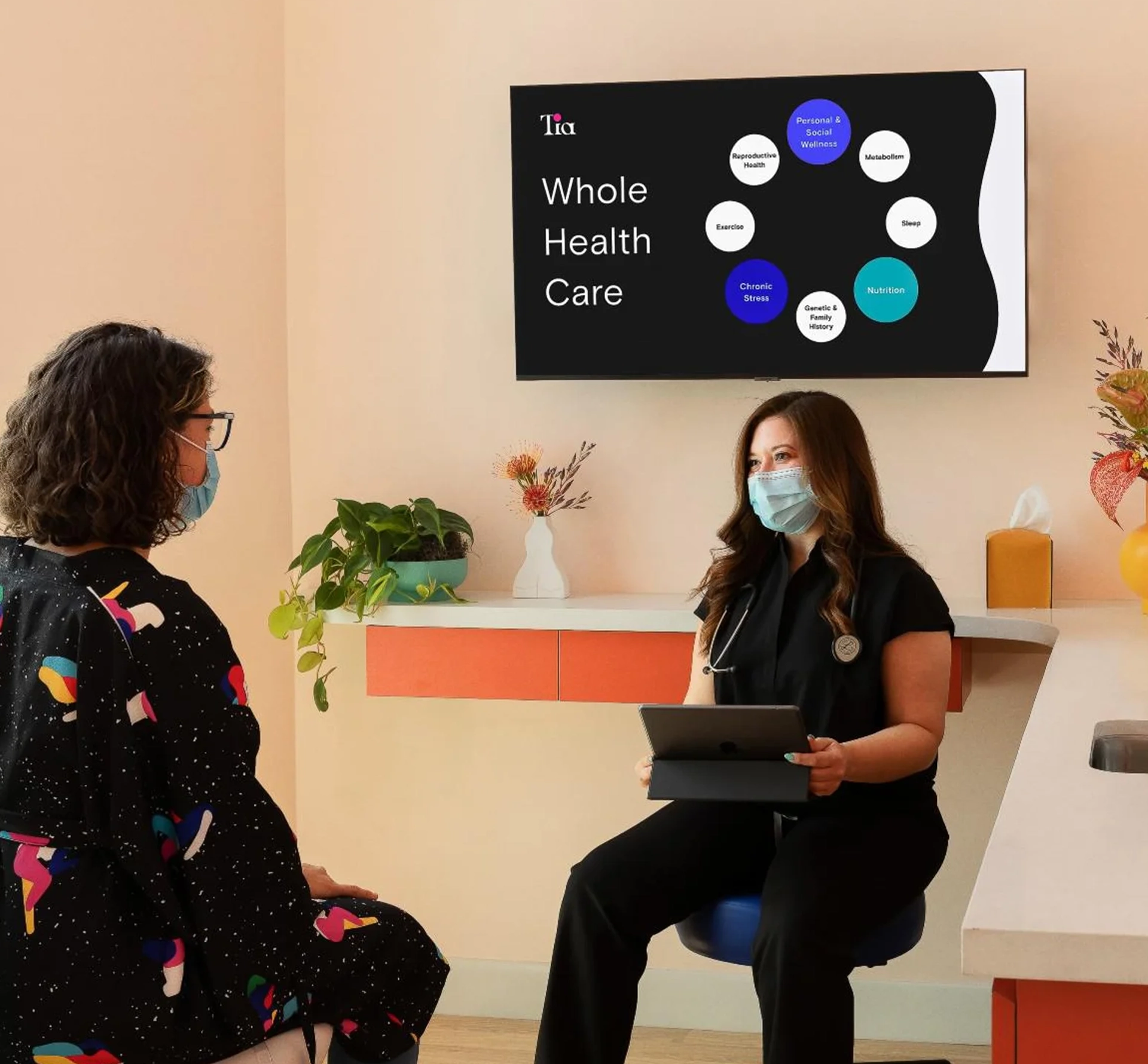Healthcare revolution
Author Béatrice Lorans
The UK healthcare sector stands at a crossroads. Overwhelmed by demand and critically under-resourced, waiting lists are at an all-time high.
Yet, the future looks promising. In recent years, a technological revolution has been quietly unfolding in the healthcare sector.
From digital therapeutics to AI powered diagnostics, here are four innovations set to transform patient care:
Lungy App
NHS doctor Luke Hale’s Lungy app is a breath of fresh air in respiratory care. This innovative tool transforms smartphones into digital medical devices for asthma and COPD management. By making breathing exercises more accessible and engaging, Lungy addresses the critical issue of patient adherence at home. As well as solving a pressing healthcare challenge, Lungy is a great example of how tech brands can use existing devices like phones and tablets to deliver a superior user experience without creating a new device or product.
Tia Healthcare
Tia’s “Whole Woman, Whole Life” care model is revolutionising women’s health. By integrating gynaecology, primary care, mental health, and wellness services, Tia addresses the long-standing gap in comprehensive women’s healthcare. Their evolution from a chat app to a full-fledged healthcare platform showcases how digital health solutions can adapt to meet complex, multifaceted needs. Their playbook also teaches us a thing or two about crafting health services that put users first and connect the dots between different health areas.
MIT's Portable Breast Cancer Screening
MIT’s groundbreaking wearable ultrasound patch, designed to fit in a bra, could redefine breast cancer screening and dramatically improve cancer survival rates through earlier detection. For healthcare innovators, this development illustrates how rethinking the form factor of medical devices can make crucial health screenings more accessible and frequent. It’s a powerful example of how technology can break down barriers to preventive care.
SoftFoot Pro
The SoftFoot Pro represents a leap forward in prosthetic technology. Its simple design – flexible, waterproof, and free of electronics – allows for much more natural movement than traditional prosthetics. As well as greatly improving the lives of amputees, this innovation has now been tested on robots, too, helping their movements to become more human. To me, this inspiring technology is proof of how addressing core user challenges can spark innovations that resonate across multiple fields.
It’s exciting to see how technology is driving healthcare forward, making it more responsive to individual needs and more accessible to all.
As digital transformation in healthcare continues to accelerate, we can anticipate even more groundbreaking developments that will empower both patients and healthcare providers, ultimately leading to better health outcomes for everyone.
Looking for more design inspiration?







